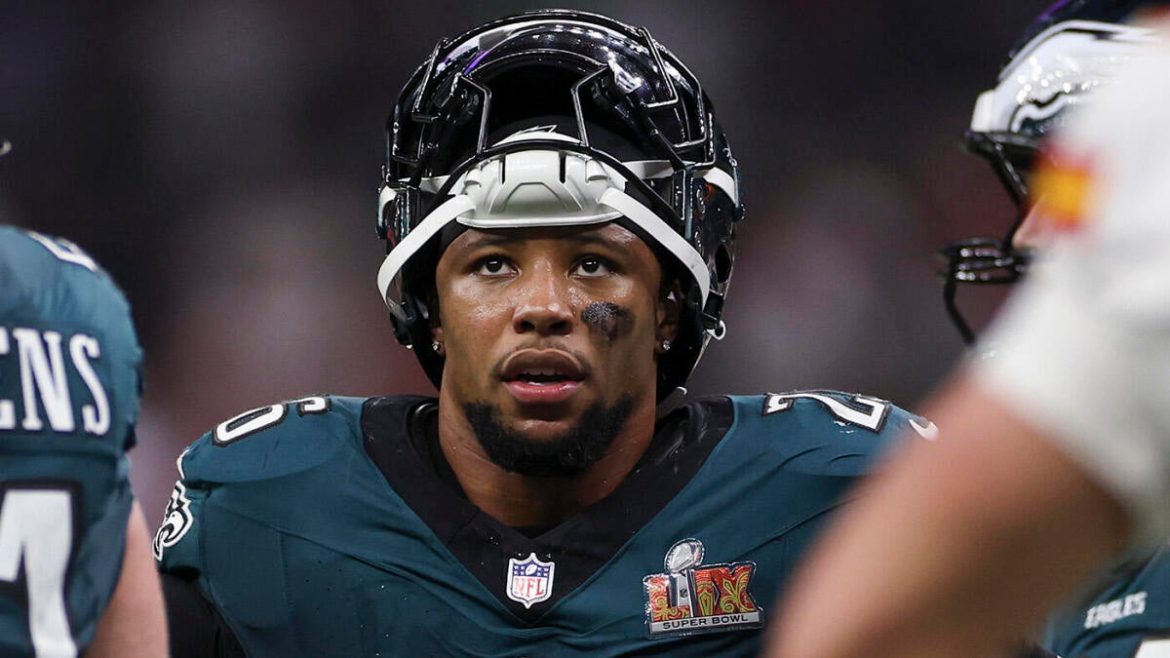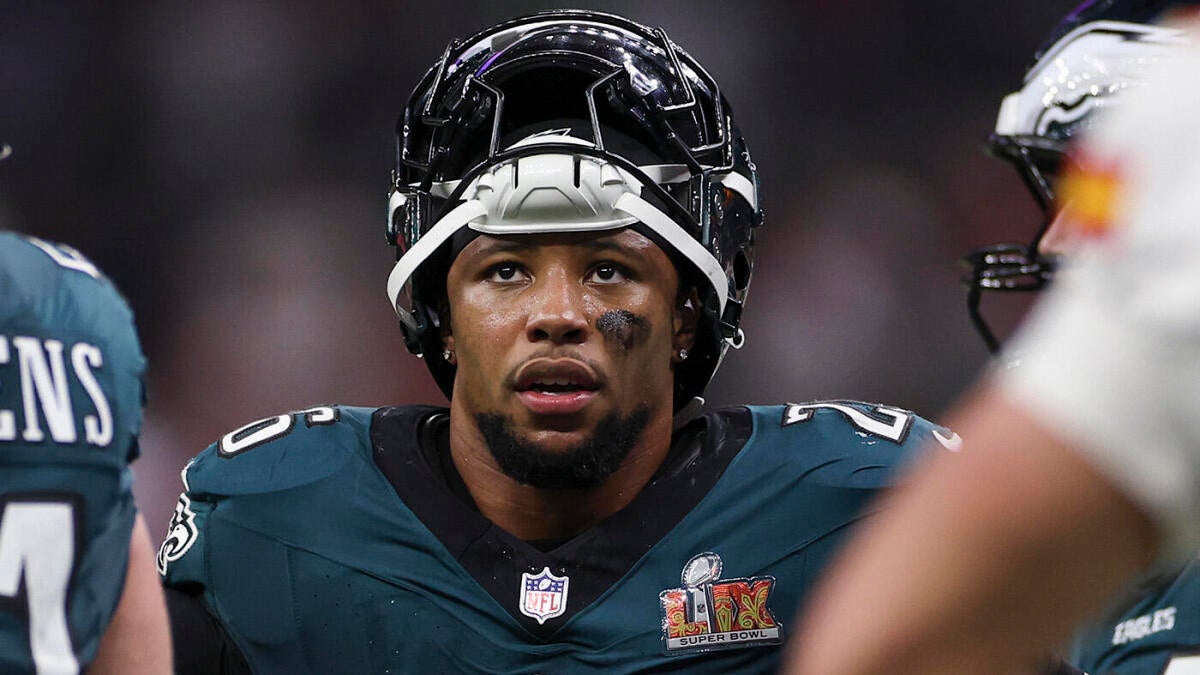Saquon Barkley: Navigating Legacy, Performance, and Future in the NFL
Saquon Barkley’s journey through the NFL has been a compelling narrative of prodigious talent, physical challenges, high expectations, and persistent evolution. Now with the Philadelphia Eagles after six seasons with the New York Giants, Barkley’s career arc presents an intriguing case study on legacy-building, contract negotiations, and athletic resilience in a demanding sport.
—
The Physical Toll and Madden Curse Concerns
Injuries have shadowed Barkley’s career journey, especially during his tenure with the Giants where he developed a reputation for being “a bit brittle.” Despite this, numerous reports highlight his status as a “physical specimen” who dedicates himself to maintaining high performance levels. However, some commentary warns of the infamous “Madden curse” following his appearance on Madden cover art, underlining the fragility of NFL running backs’ health and consistency. The risk is real, but Barkley’s commitment to recovery and conditioning suggests awareness and proactive management of these threats.
—
Transition to the Philadelphia Eagles and Contract Impact
Barkley’s move to the Eagles marked a pivotal chapter of self-actualization, signaling a fresh start and an opportunity to sculpt his legacy outside the shadow of the Giants’ organizational complexities. His new contract—a notable two-year, $41.2 million extension—catapulted him to become the highest-paid running back, underscoring the Eagles’ belief in his value. The deal also includes performance bonuses and incentives that reflect both his past achievements and anticipated contributions.
This contract not only secures Barkley’s financial future but also sets a blueprint for future running back contracts, showcasing a shift in how the NFL values this position amid evolving offensive strategies. Barkley himself has expressed hope that his deal encourages equitable compensation for the next generation of running backs.
—
Legacy Considerations and Comparisons to Legends
Barkley openly aspires for a career parallel to some of the all-time greats — the likes of Barry Sanders, Walter Payton, and Emmitt Smith. His seventh NFL season, frequently cited as a prime indicator of sustained excellence, places him at a crossroads. While some skeptics question his ability to reach such heights at this point, Barkley’s recent performances indicate high potential. The historic record-setting pace with the Eagles— including surpassing single-season rushing yardage marks and contributing to a Super Bowl victory — strengthens his case.
Notably, Barry Sanders himself has publicly supported Barkley, even congratulating him on his move to the Eagles, thereby providing not just motivation but symbolic validation from one of the greatest ever at the position. Fan communities and social media discussions debate Barkley’s standing, often ranking him in the top five running backs despite the adversity endured early on.
—
Longevity in a Demanding Role
There are ongoing discussions about Barkley’s playing future, with recent hints that he might retire as soon as next year. Running backs typically have short NFL careers due to the physical toll, but Barkley pushes back against these notions, emphasizing his desire to control his destiny and defy typical longevity expectations. His stance contrasts with common perceptions regarding workload and performance decline in later career stages.
Furthermore, the Eagles’ management is reportedly weighing their options on whether to rest Barkley at crucial junctures, balancing short-term gains against longer-term health. Their cautious approach could help extend his career, preserving his ability to contribute at peak levels.
—
Impact on Team Dynamics and Market Value
Barkley’s arrival has clearly reshaped the Eagles’ offense. His combination of power, speed, and receiving skill adds a dynamic layer to their playbook, complementing other elite talents. The team’s recent success, including a dominant playoff run and a Super Bowl win in Barkley’s first year, underscores his immediate impact.
Beyond the field, Barkley’s contract and presence influence NFL market dynamics, setting a precedent for RB valuation and contract negotiations. His willingness to commit to the Eagles rather than pursue potentially higher offers elsewhere demonstrates a focus on fit and legacy-building over pure financial gain.
—
Conclusion: On the Cusp of NFL Immortality
Saquon Barkley stands at a fascinating intersection of potential, legacy, and pragmatic career management. His journey from a heavily lauded rookie perceived as injury-prone to a franchise cornerstone for the Eagles reflects resilience and adaptability. Barkley’s recent contract extension not only rewards his proven abilities but signals the league’s evolving acknowledgment of the running back’s role. Supported by legends like Barry Sanders and embraced by a passionate fanbase, he continues to chase a place among the NFL’s all-time greats.
Whether he can sustain his elite performance long enough to join the pantheon of Payton, Sanders, and Smith remains to be seen. Yet Barkley’s story is already a testament to talent triumphing over adversity, and his decisions in the coming years will likely shape the future discourse on running back careers and legacies in the NFL.





